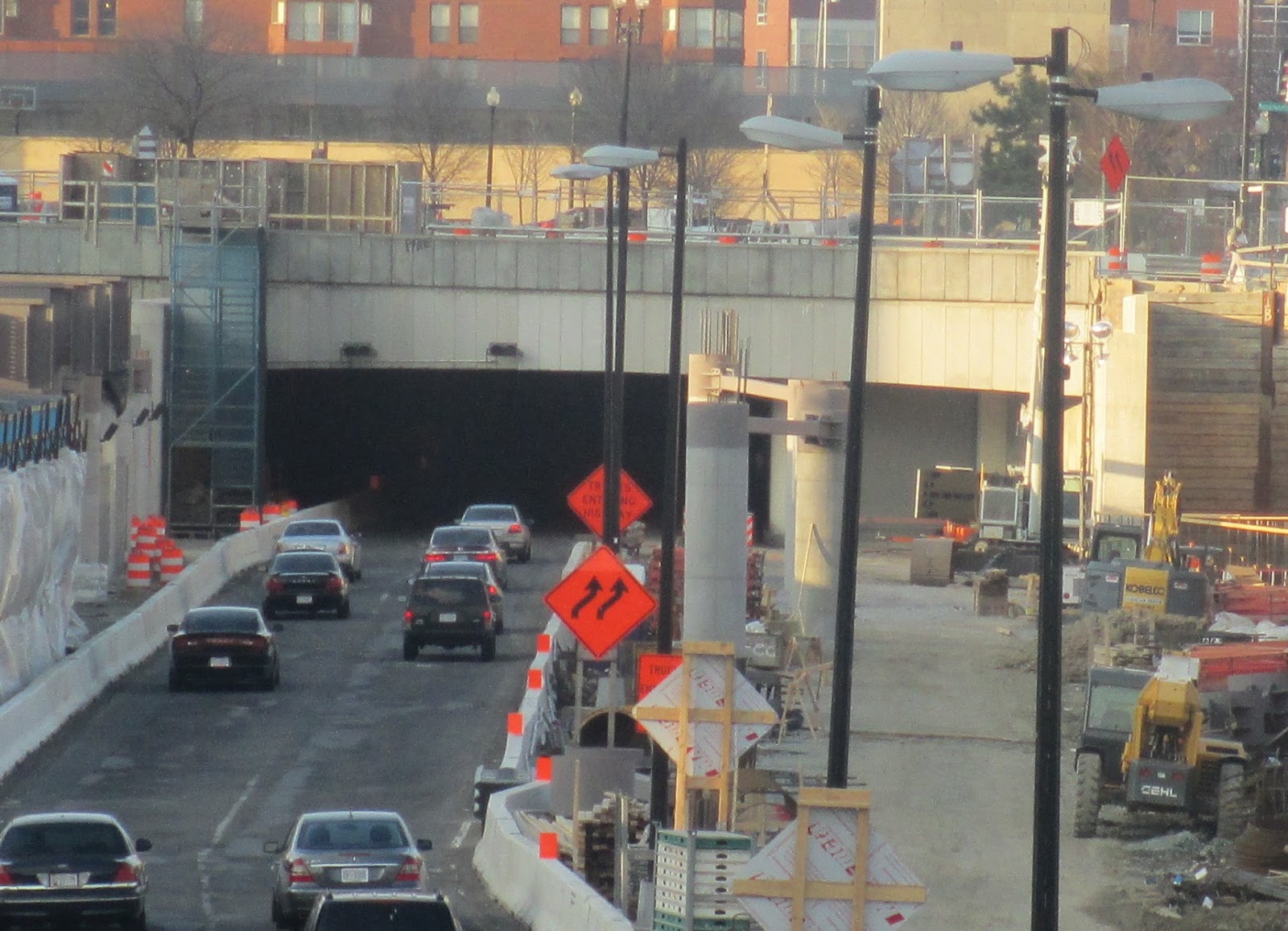- spot improvement project was to add an axillary lane between on and off ramps in the westbound direction to better serve local traffic, yet do nothing about the infamous eastbound I-66/Dulles Access 267 merge

http://groups.google.com/group/misc.transport.road/browse_thread/thread/967fed697fa6831e/38da3d7b52ee5607?hl=en#38da3d7b52ee5607" type="hidden">
The Metropolitan Washington Council of Government's Transportation Planning Board voted this week to remove three proposed "spot improvements" to westbound Interstate 66 inside the Capital Beltway from next year's transportation improvement plan. Work on the first project, to create a westbound auxiliary lane connecting the Fairfax Drive on-ramp to the Sycamore Street off-ramp (that stretch is one of the worst off-peak chokepoints), would have started next year.
View profile More options Feb 21, 3:09 am Newsgroups: misc.transport.roadFrom: "Oscar Voss"...@comcast.net> Date: Sat, 21 Feb 2009 03:09:41 -0500Local: Sat, Feb 21 2009 3:09 amSubject: VA - I-66 "spot improvements" in limboThis decision was supposedly driven by VDOT's failure to fully fund a $15 million study of transportation alternatives in the I-66 corridor. VDOT points out, however, that the projects were never tied to completion of that study. My sense in any case is that the expensive and time-consuming study ($15 million and three-four years, as a precondition for projects totaling about $75 million which have already been talked about for ages, seem disproportionate) was sought as a stalling tactic, by people (lots of them in my Arlington County, including the county government) who will be dead set against the projects no matter what the study ends up concluding.
This decision could be revisited later, but VDOT seems resigned to having the projects put on hold for a few more years.
"Vote to Forgo I-66 Expansion Imperils Federal Funds, Increases Ire,"
http://www.washingtonpost.com/wp-dyn/content/article/2009/02/19/AR200...see also:
http://voices.washingtonpost.com/getthere/2009/02/i-66_spot_improveme...--
my Hot Springs and Highways pages: http://home.comcast.net/~oscar.voss/
Oscar Voss - oscar.v...@comcast.net - Arlington VA
Hawaii Highways: http://www.hawaiihighways.com/











